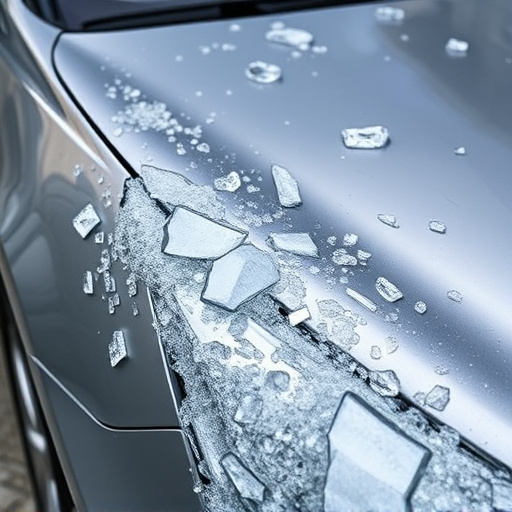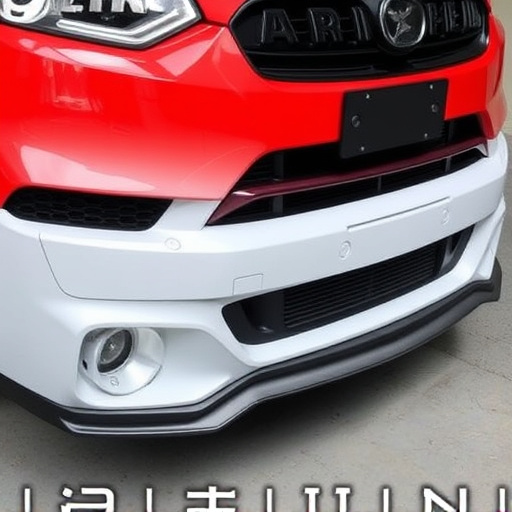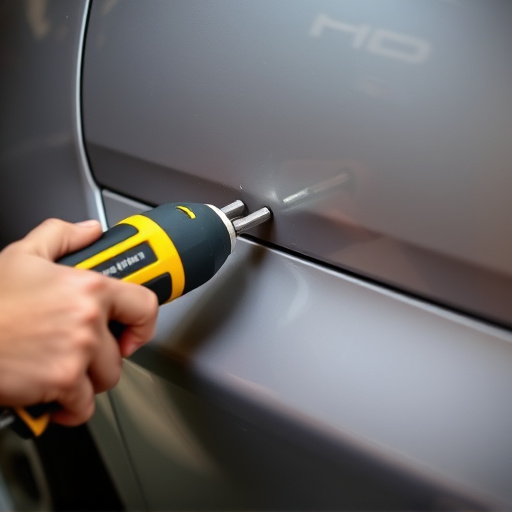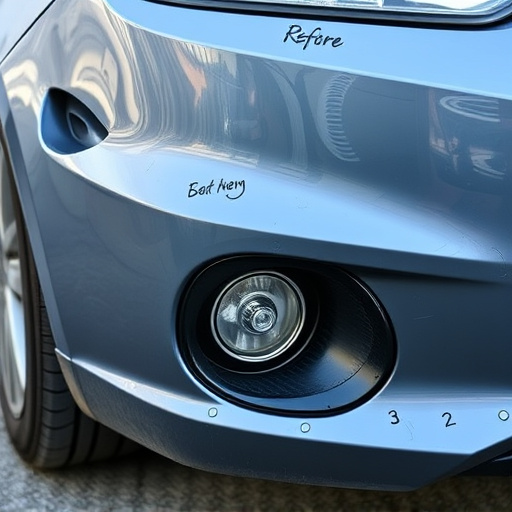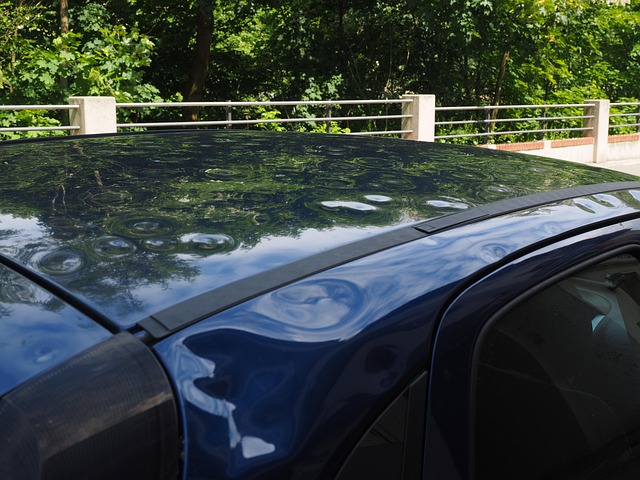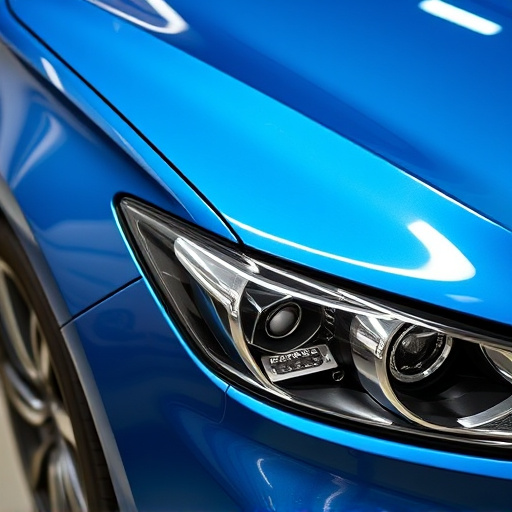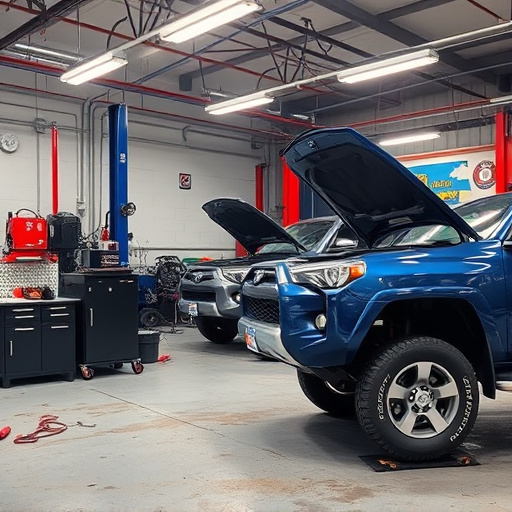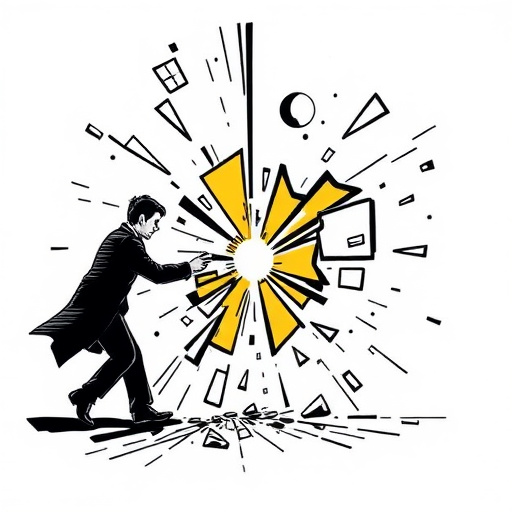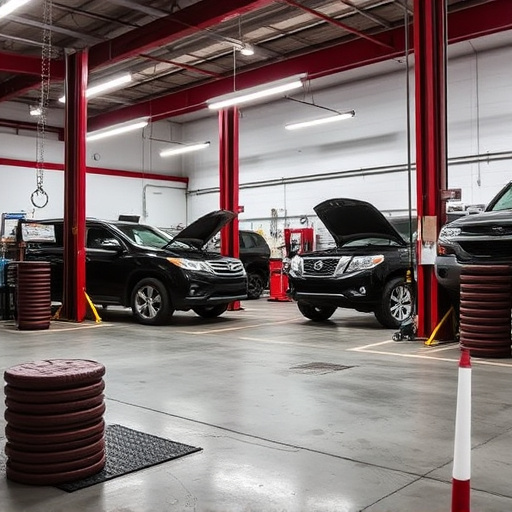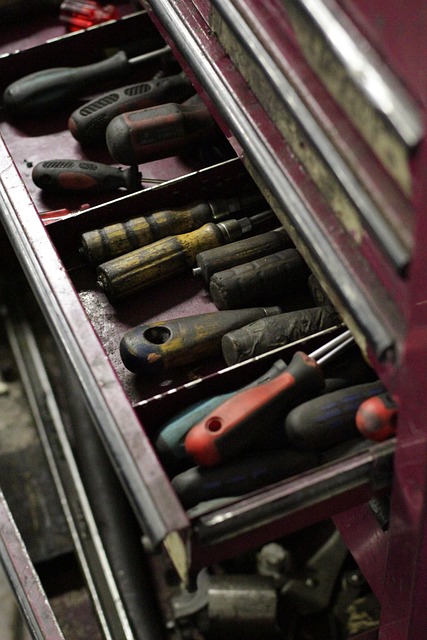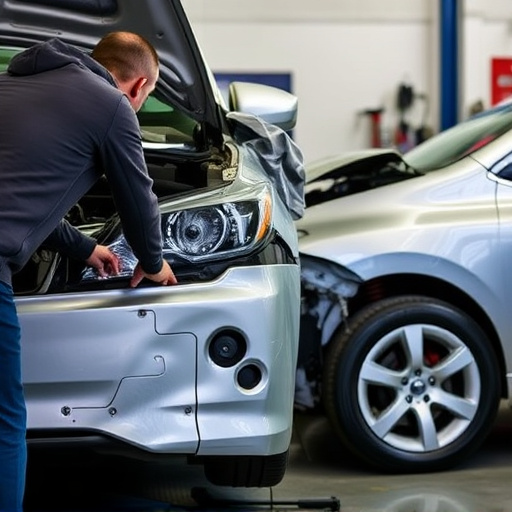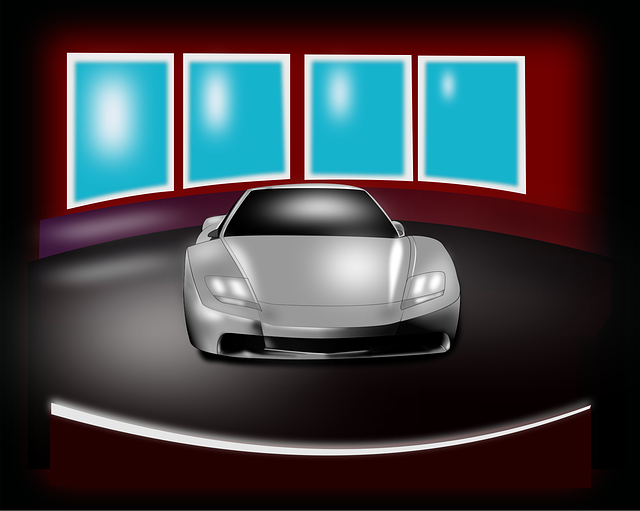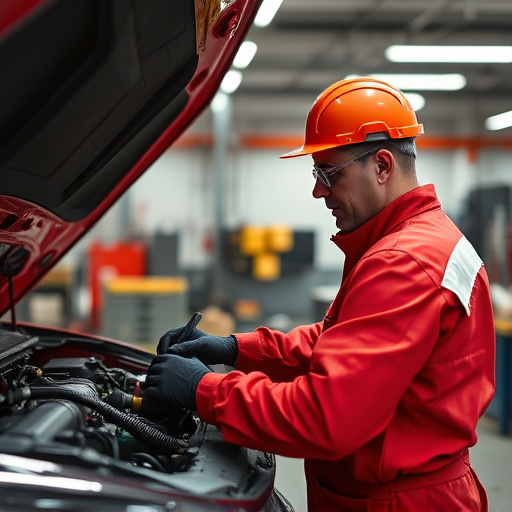Bumper scratch repair involves skilled technicians using specialized tools and car paint services to assess, sand, and blend colors for a perfect match with surrounding body panels. Color theory, including understanding the color wheel, is crucial for accurate color matching. The process begins with sanding and priming, followed by careful mixing of colors and applying thin, even layers of paint for an undetectable repair that seamlessly integrates with the car's original finish.
Bumper scratches can mar the aesthetic appeal of your vehicle, but effective bumper scratch repair is now more accessible than ever. This guide delves into the art of color blending techniques—a crucial step in restoring your car’s flawless finish. We’ll explore the science behind understanding bumper scratches and the color theory that ensures precise blending. By following our step-by-step approach, you’ll master the skills needed to achieve seamless repairs, leaving your vehicle looking as good as new.
- Understanding Bumper Scratches and Repair Methods
- Color Theory for Precise Blending Techniques
- Step-by-Step Guide to Effective Color Blending
Understanding Bumper Scratches and Repair Methods
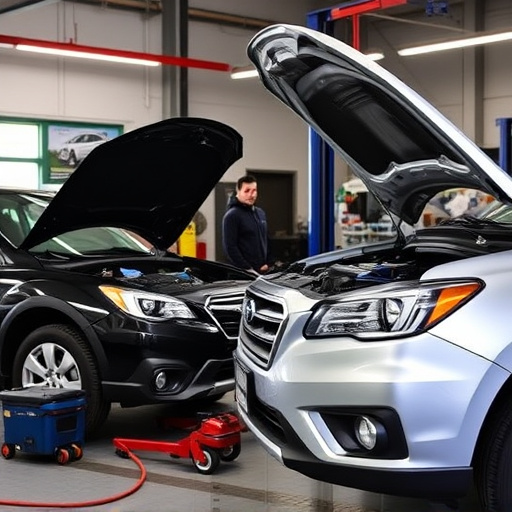
Bumper scratches are a common issue that can significantly impact the appearance and value of your vehicle. These scratches often occur due to minor collisions, parking mishaps, or even airborne debris, leaving behind unsightly marks on your car’s bumper. Understanding the nature of these scratches is the first step towards effective repair. The process involves careful assessment, precise color blending techniques, and meticulous attention to detail.
In an auto body shop, skilled technicians employ various methods to restore the bumper to its original condition. One of the primary approaches in bumper scratch repair is using specialized tools and car paint services to blend and match the colors seamlessly. Collision repair services often utilize advanced equipment to sand down the damaged area, creating a smooth surface for application of high-quality paints. This meticulous process ensures that the repaired area matches the surrounding body panels’ color and finish, providing a flawless appearance once dry.
Color Theory for Precise Blending Techniques
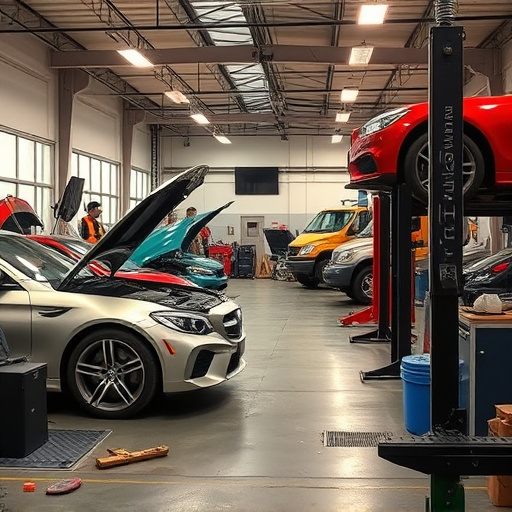
Color theory plays a pivotal role in mastering precise color blending techniques for bumper scratch repair. Understanding the color wheel and its interactions allows auto body repair specialists to seamlessly match vehicle colors accurately. When a car experiences a collision, the impact can leave visible scratches on the bumper, requiring expert restoration. By studying the primary, secondary, and tertiary colors, technicians can mix and blend paint effectively.
This process involves carefully selecting base colors and adjusting them with pigments to achieve the exact shade needed for the damaged area. The key lies in balancing the color components—red, blue, and yellow—to create a harmonious match. In a vehicle body shop, this expertise ensures that the repaired bumper blends seamlessly with the rest of the car’s exterior, maintaining its aesthetic appeal and overall value.
Step-by-Step Guide to Effective Color Blending

To achieve seamless color blending during bumper scratch repair, follow this step-by-step guide. Begin by preparing the damaged area – gently sand the surface to ensure it’s smooth and free of debris. Next, use a primer to match the original car paint. Apply an even coat, allowing it to dry completely. Once primed, mix your colors carefully using a palette knife or wheel. For bumper scratch repair, you’ll typically blend two or more shades to create a gradient effect that matches the surrounding panel. Gradually incorporate the second color into the first, ensuring smooth transitions at every point of blending.
After successful mixing, apply the blended paint in thin, even layers. Let each layer dry thoroughly before adding the next. This meticulous process is key to achieving an undetectable repair that seamlessly integrates with your car’s original finish. Remember, this technique is common across collision centers and collision repair shops to restore not just bumpers, but any painted surface back to its pristine condition.
In conclusion, mastering color blending techniques is an art essential for achieving seamless bumper scratch repair. By understanding color theory and employing precise methods, you can restore your vehicle’s exterior to its original condition. Follow the step-by-step guide for optimal results in bumper scratch repair, ensuring a smooth and vibrant finish that blends perfectly with your car’s overall aesthetic.
